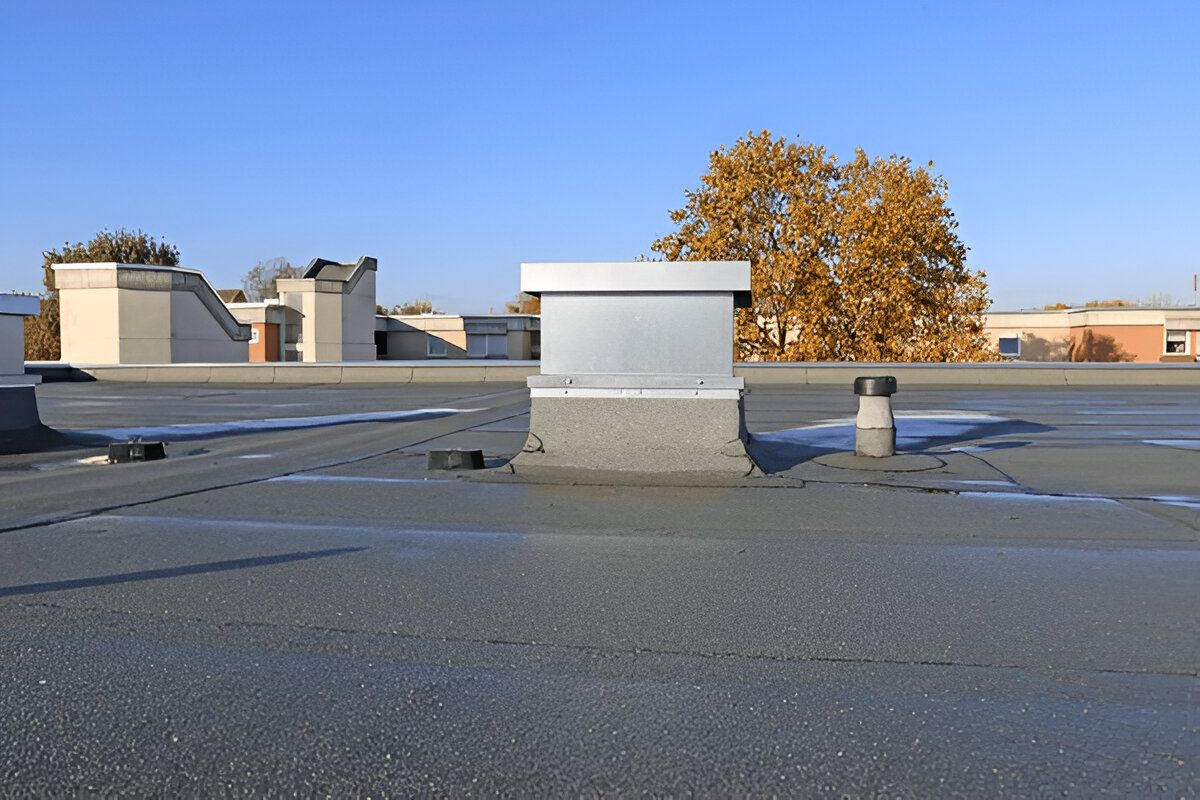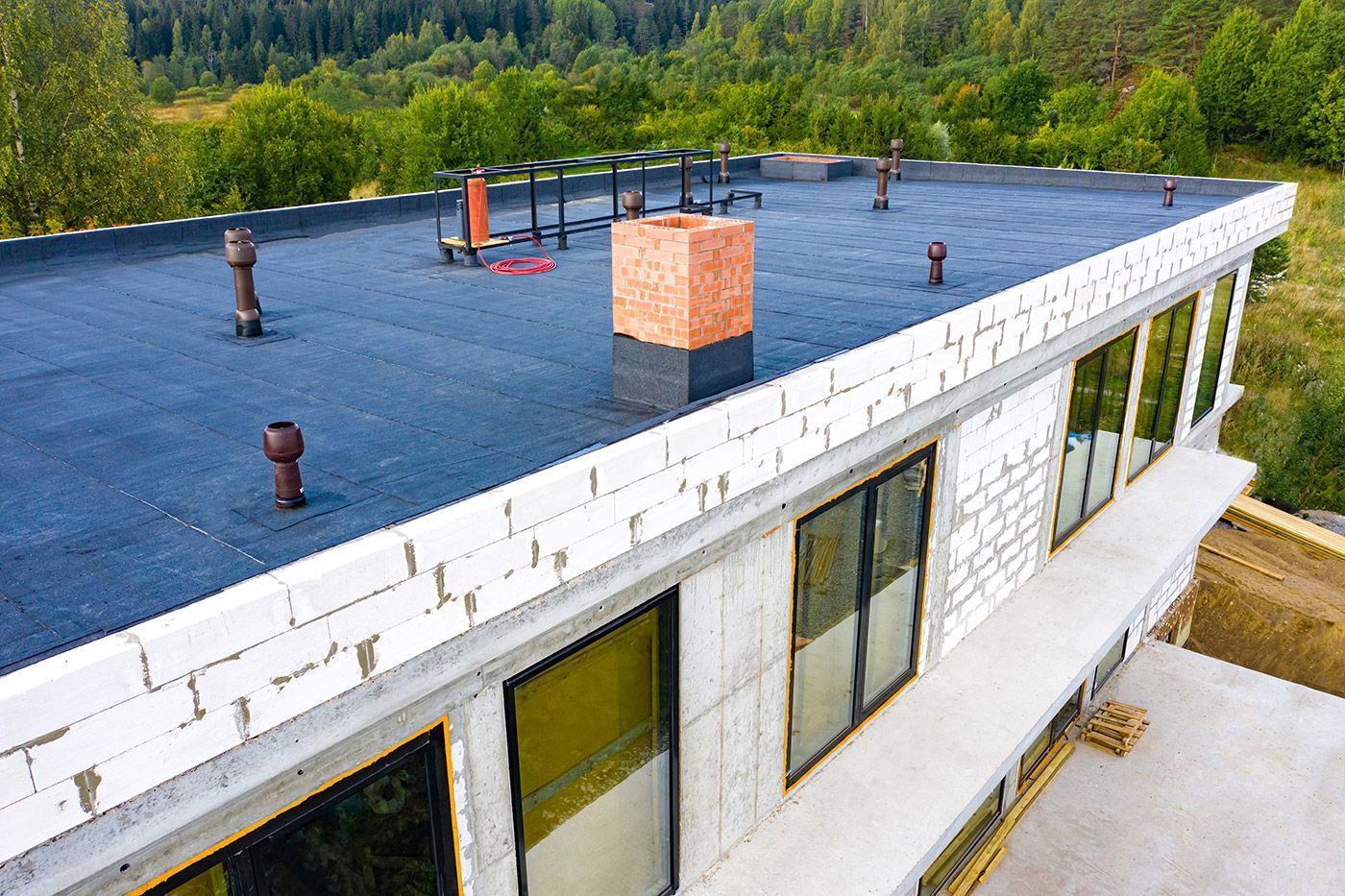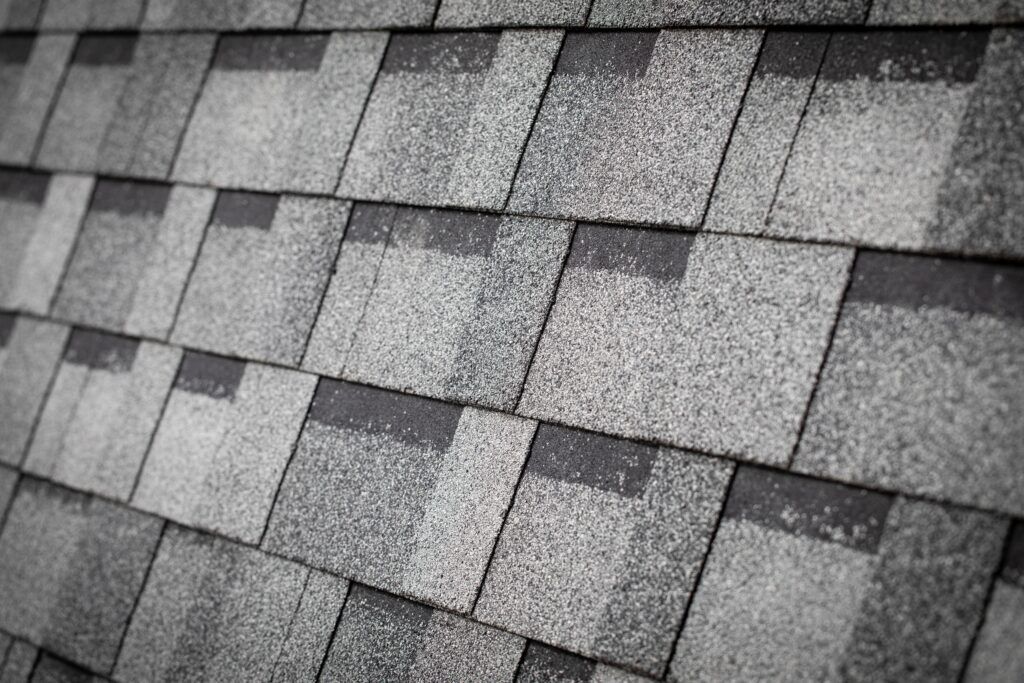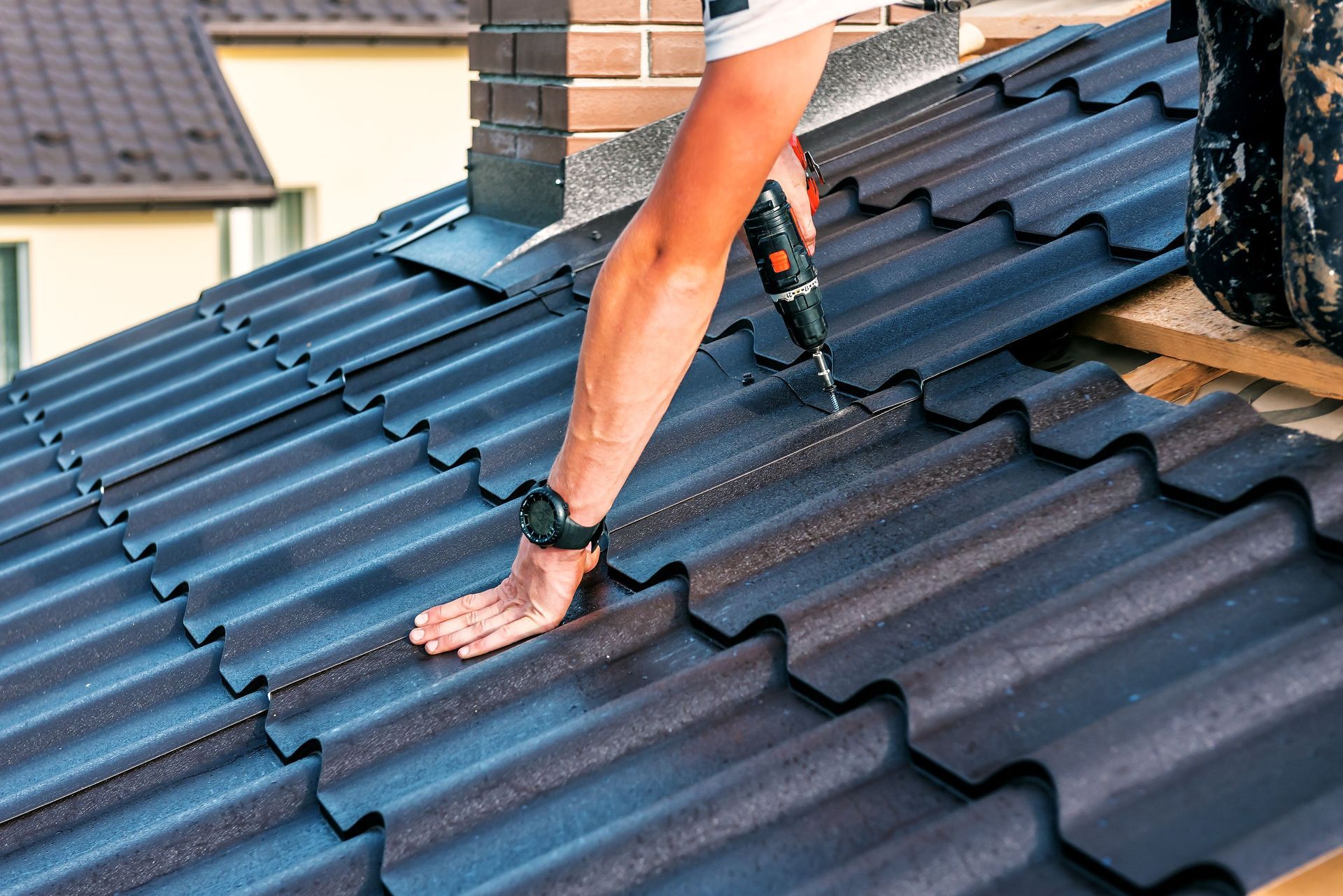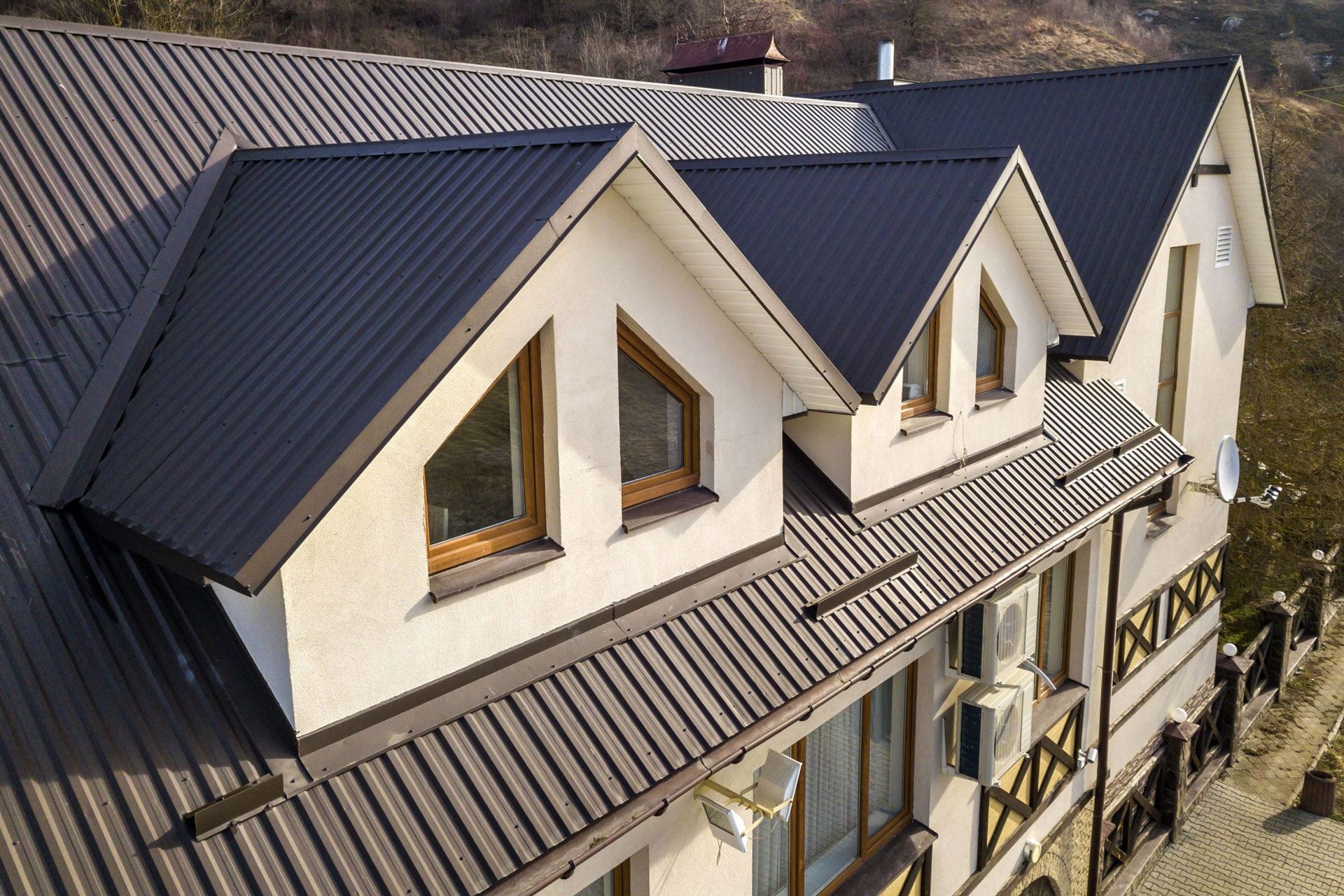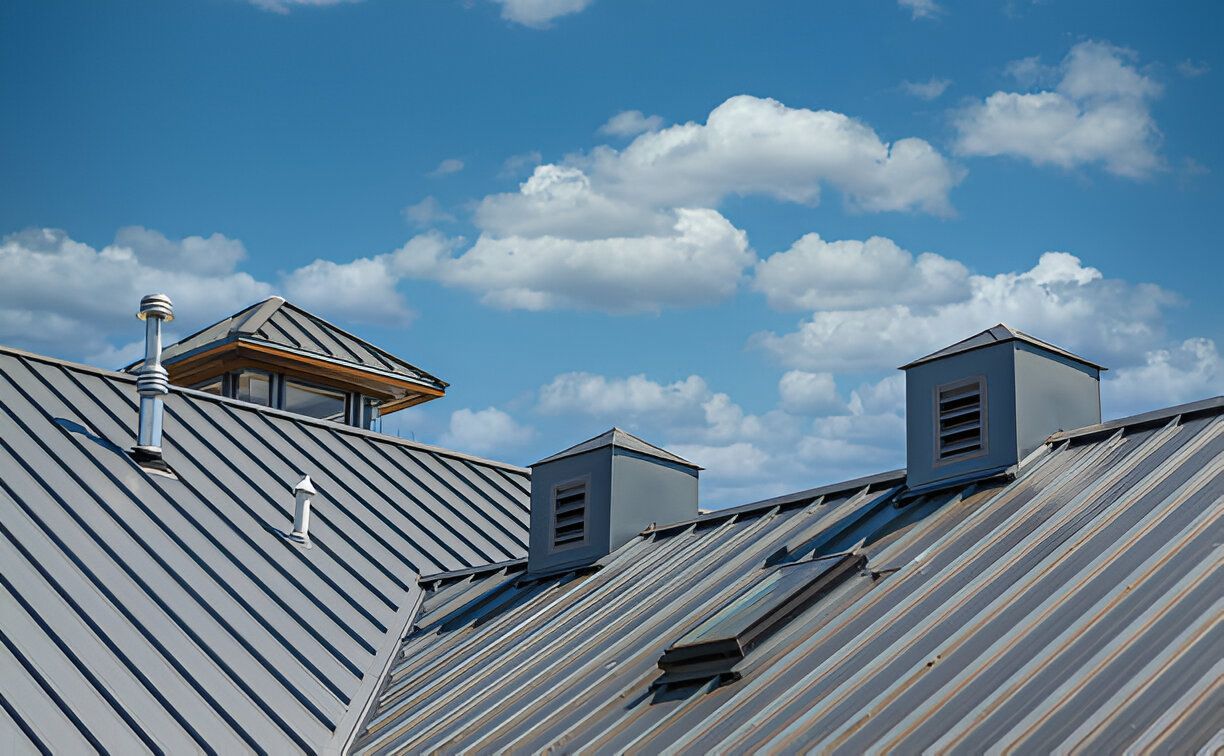The Crucial Role of Adequate Roof Ventilation in Home Upkeep

Roof ventilation is a critical component in ensuring the long-term durability and overall efficiency of your home. Its purpose extends beyond architectural aesthetics—contributing significantly to the structural integrity and indoor comfort of any building. At Lancaster Roofing & Construction, we stress the importance of proper roof ventilation for several essential reasons.
Whether you’re a homeowner or managing a commercial roofing project in Flower Mound, Texas, understanding how ventilation impacts performance and energy efficiency is key to making informed decisions.
Grasping the Significance of Roof Ventilation
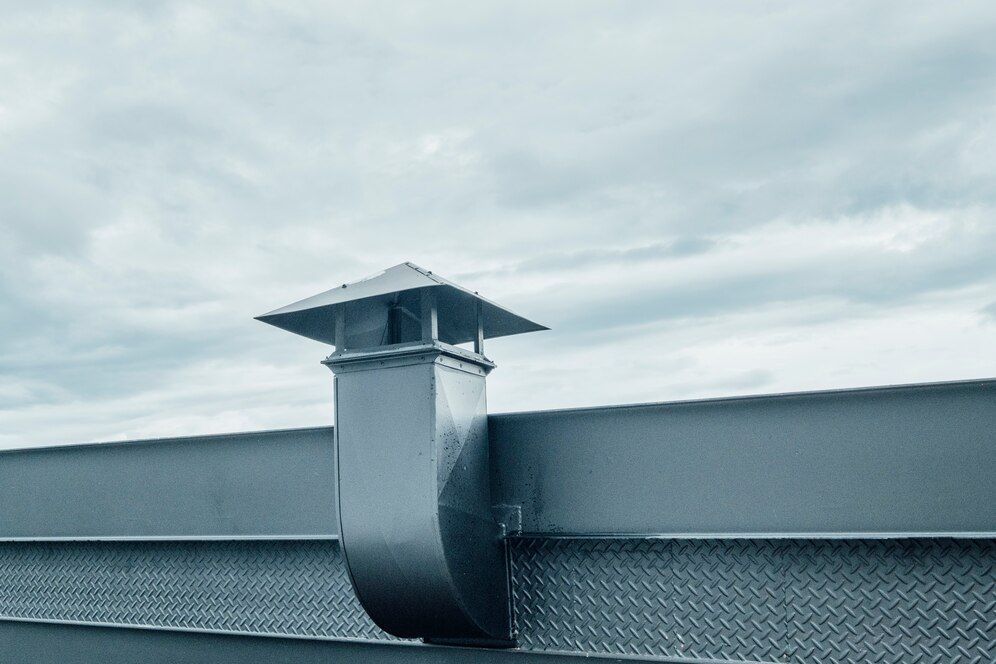
Maintaining Structural Integrity
The primary function of roof ventilation is to manage temperature and moisture levels within the attic space. Without adequate ventilation, excessive moisture can accumulate, leading to condensation. This can severely compromise wooden components such as beams and trusses, encouraging rot and mold growth. Consistent airflow prevents damp conditions, helping to preserve the attic's structural integrity over time.
Enhancing Energy Efficiency
Effective ventilation significantly contributes to reduced energy consumption. In warmer seasons, an unventilated attic can trap extreme heat, placing additional strain on air conditioning systems and driving up energy costs. Proper roof ventilation allows hot air to escape naturally, easing the load on cooling systems and improving overall energy efficiency for both residential and commercial properties in Flower Mound, Texas.
Extending Roof Lifespan
The longevity of a roofing system is directly linked to the quality of its ventilation. Poor airflow results in trapped heat and moisture, which accelerate the deterioration of roofing materials and underlayment. By ensuring continuous air movement and minimizing moisture buildup, a properly ventilated system extends the life of the roof and maintains its integrity—an important factor for both homeowners and commercial roofing clients.
Maintaining Indoor Comfort
A well-ventilated roof supports a consistent indoor environment. Homes with insufficient ventilation often experience uneven temperature distribution between floors. Balanced ventilation improves airflow throughout the structure, helping to maintain stable indoor temperatures while reducing unnecessary strain on heating and cooling systems.
How Roof Ventilation Works
An effective ventilation system includes both intake and exhaust components. Intake vents—usually positioned along the soffits—allow fresh, cool air to enter the attic. Exhaust vents, typically located near the roof’s peak, enable warm, humid air to escape. This continuous airflow cycle prevents excessive heat buildup and moisture retention, essential for roof preservation.
For best results, intake and exhaust ventilation must be properly balanced. This balance promotes steady airflow, safeguarding the structure and boosting overall energy efficiency across residential and commercial applications in Flower Mound, TX.
Conclusion
In summary, roof ventilation is a vital aspect of property maintenance. It protects structural integrity, boosts energy efficiency, extends roof longevity, stabilizes indoor temperatures, and helps prevent issues like ice dams. At Lancaster Roofing & Construction, we emphasize the importance of a well-ventilated roofing system—whether for your home or commercial roofing project in Flower Mound, Texas.

